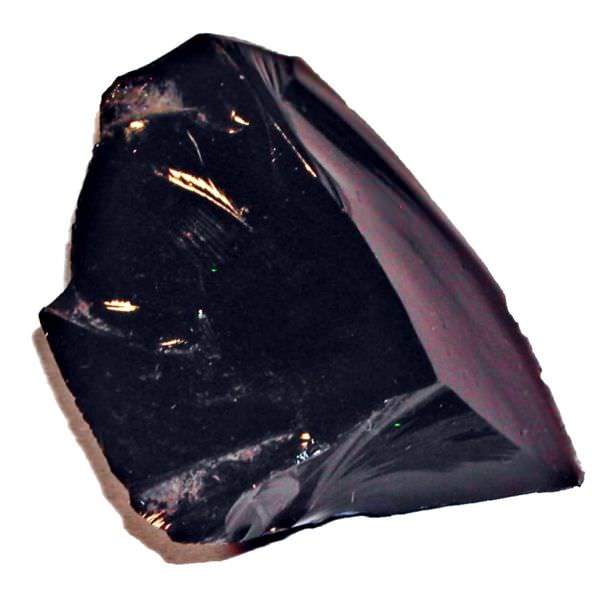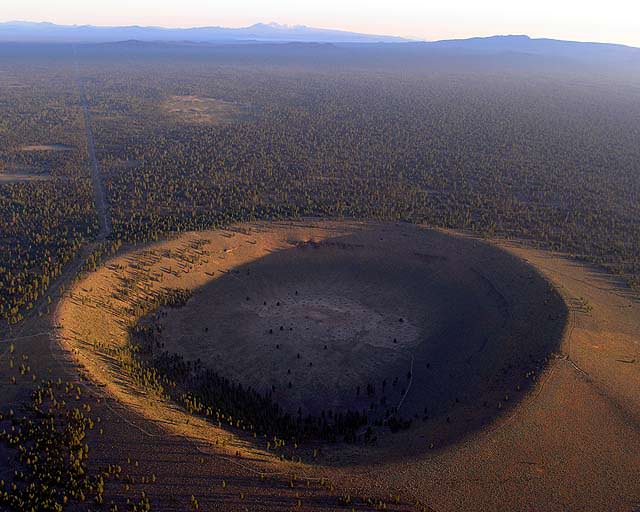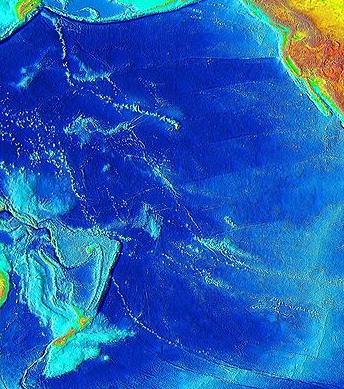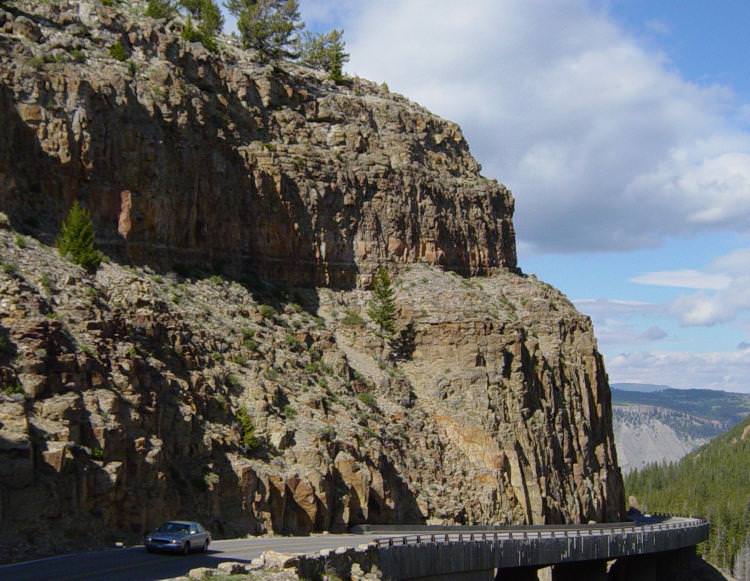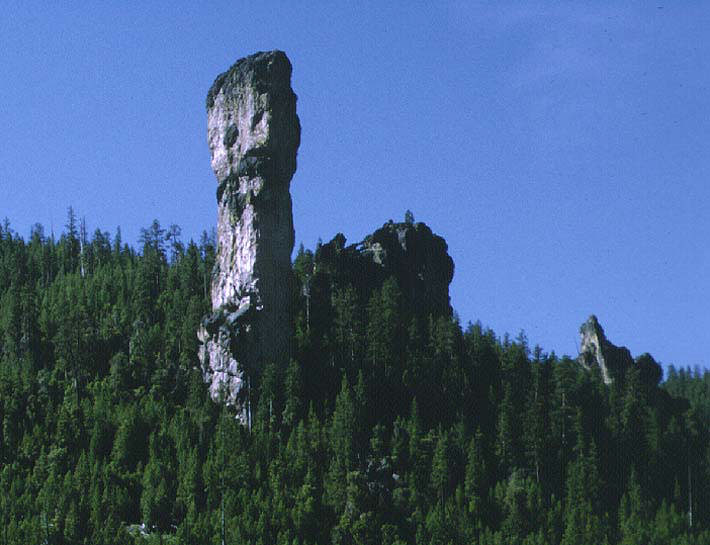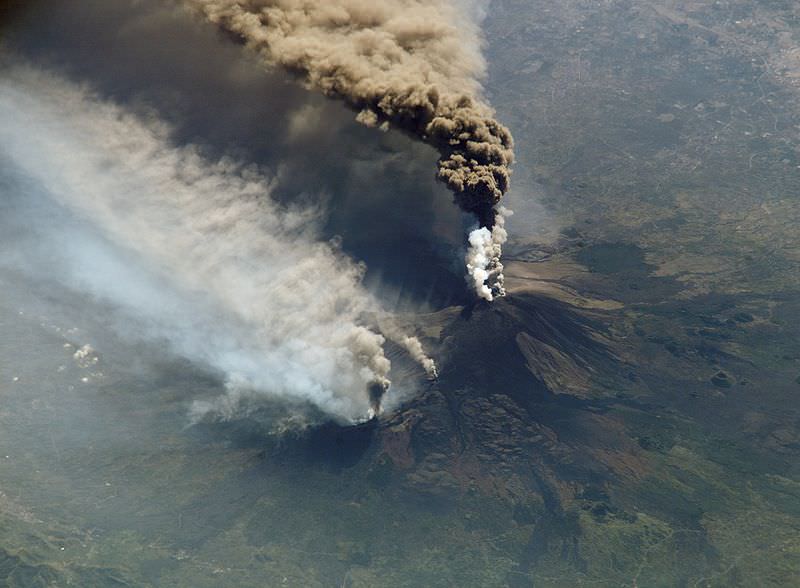[/caption]
Mount Vesuvius is a stratovolcano located on the western side of Italy, near Naples. It rises to an altitude of 1,281 meters above sea level; although the height of the volcano changes after each eruption. Vesuvius is best known for its devastating eruption in AD 79, which destroyed the towns of Pompeii and Herculaneum, burying the region under meters of ash, and killing an estimated 10,000 – 25,000 people.
It’s believed that the caldera of Mount Vesuvius started forming around 17,000 years ago and this was enlarged by further eruptions. It started forming because this is a point where the African Plate is being subducted beneath the Eurasian Plate. In the past, the larger cone on Vesuvius was Monte Somma, but it’s now lower than the main cone. The volcano Vesuvius continues to erupt regularly. The last eruption was in 1944, and then 1926, and in 1906. With this history, it’s just a matter of time before it has another eruption.
Although Italians remember the volcano’s history of eruptions, they continue to live on its slopes. There are productive vineyards part way down the mountain, growing in the rich volcanic soil. And an estimated 3 million people live in a region that could be affected if Vesuvius erupts again. Emergency planners in the region have developed a strategy to evacuate 600,000 people from the region if a severe eruption is expected.
We have written many articles about volcanoes for Universe Today. Here’s an article about stratovolcanoes, and here’s an article about Mount Etna; another dangerous volcano in Italy.
Want more resources on the Earth? Here’s a link to NASA’s Human Spaceflight page, and here’s NASA’s Visible Earth.
We have also recorded an episode of Astronomy Cast about Earth, as part of our tour through the Solar System – Episode 51: Earth.


